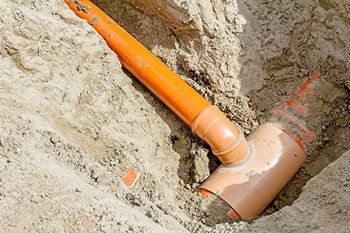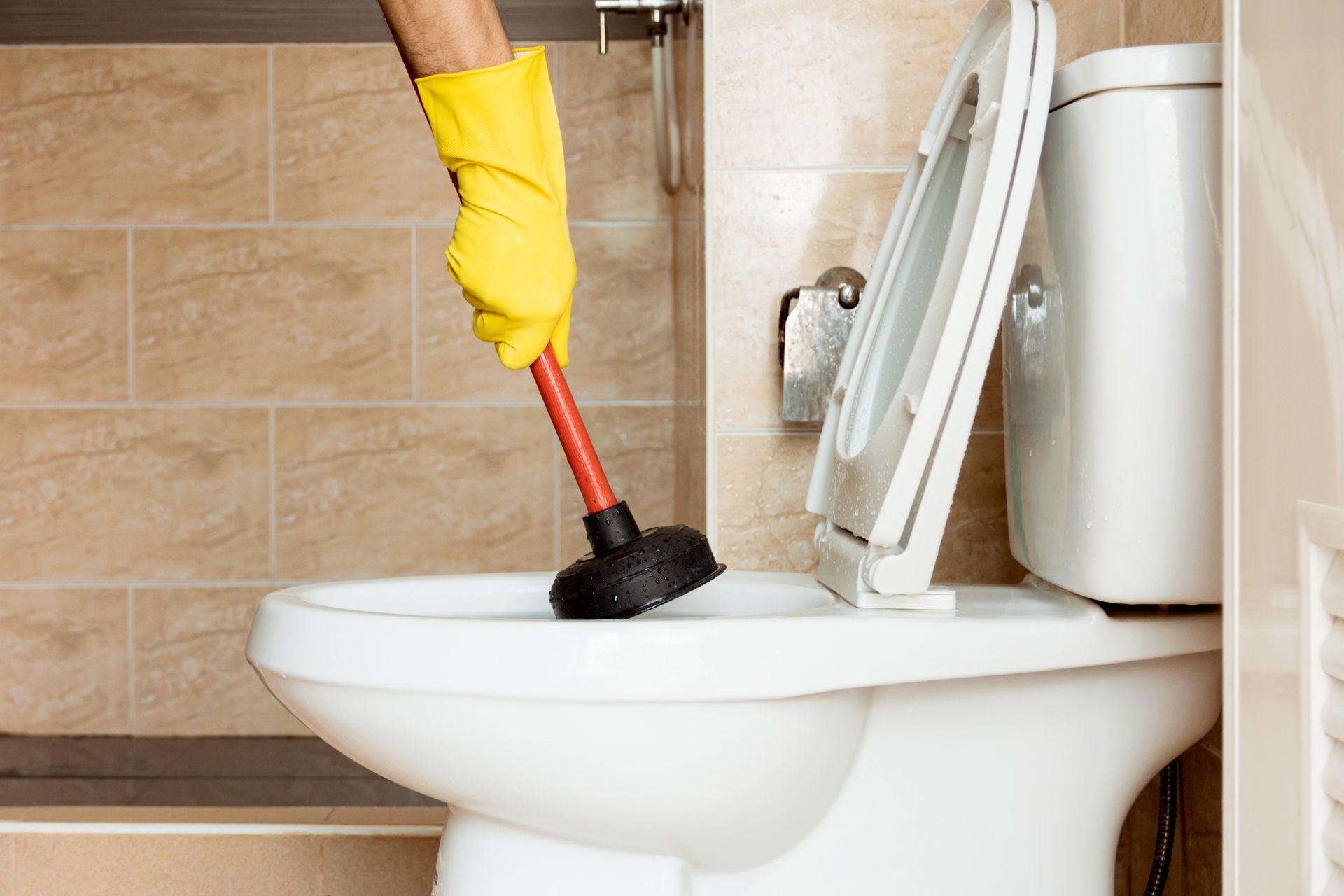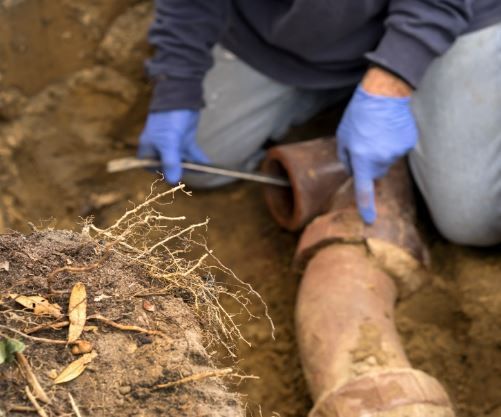Like any other appliance, water softeners and water conditioners can break down from time to time. Read this blog for signs this appliance is ready to go.
Slow drains disrupt daily activities, create unpleasant odors, and can lead to severe plumbing problems if left unattended—learn 6 causes of slow drains.
Old homes are likely to have plumbing complications. Learn about some plumbing problems you should consider if you live in an older home.
Your home’s pipes shouldn’t be noisy, but many problems can cause sounds to emanate from your pipes. Learn what causes noisy pipes.
Vacations are exciting, but the prep work can feel overwhelming. Remember these tips to protect your plumbing before you leave for a trip.
Even the world of plumbing has trends and technological advancements. Learn about the exciting fixtures you can add to your home for greater convenience.
If you suspect a clogged drain, be sure to address the issue early before it becomes grievous. Learn some common warning signs of clogs.
Determining when to replace a water heater can be tricky. The following are five signs you need a new water heater unit in your home.






